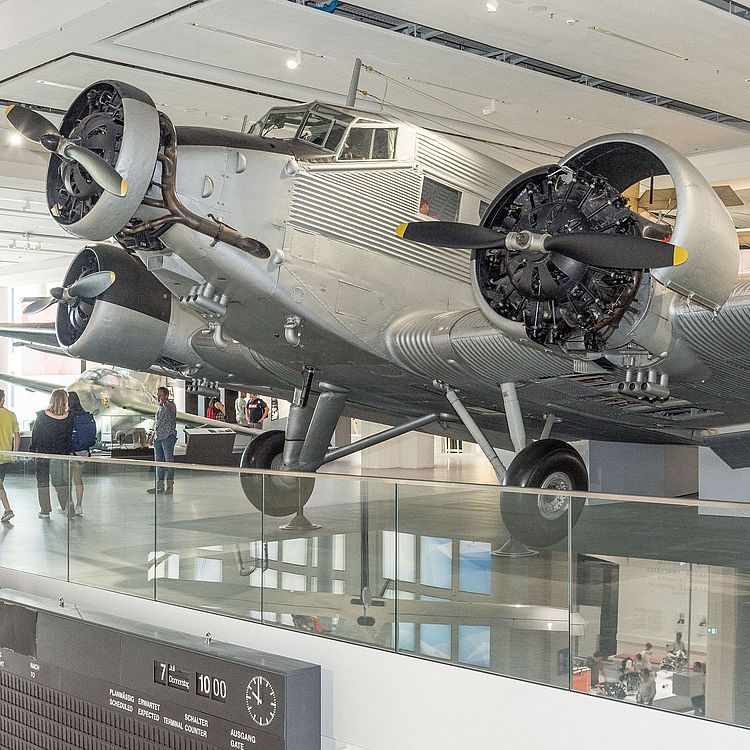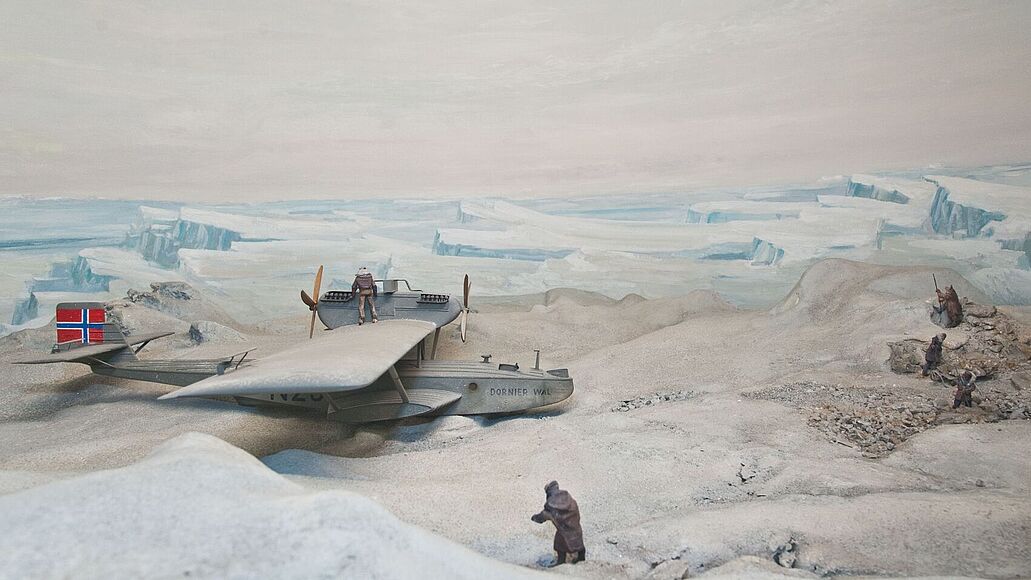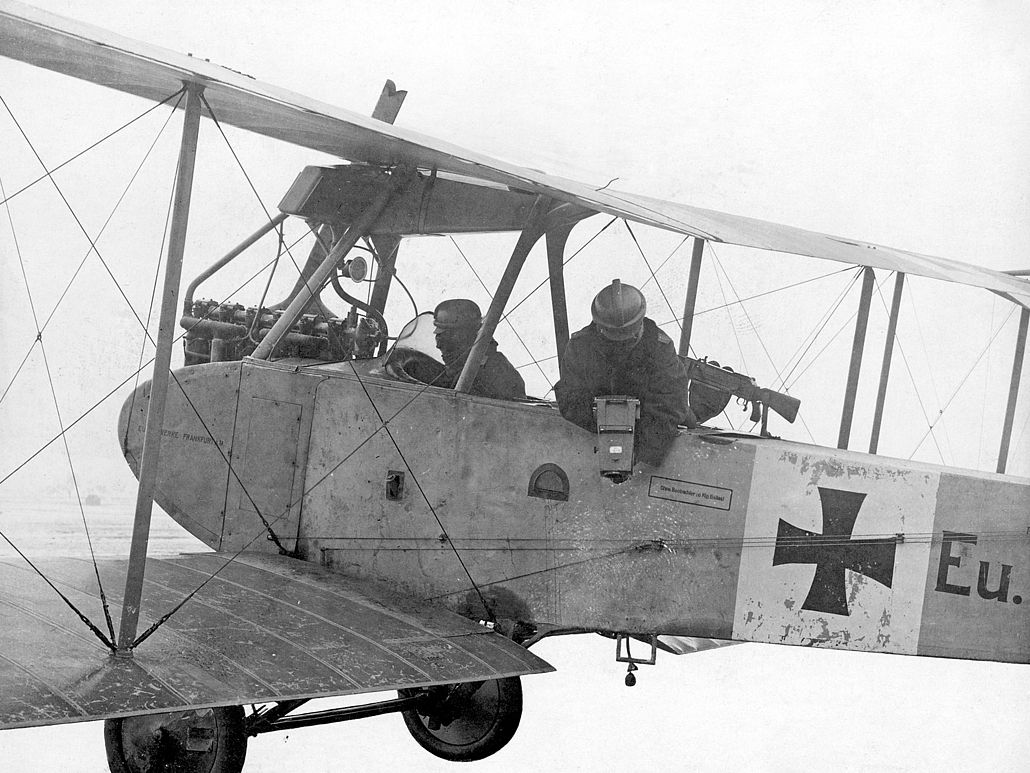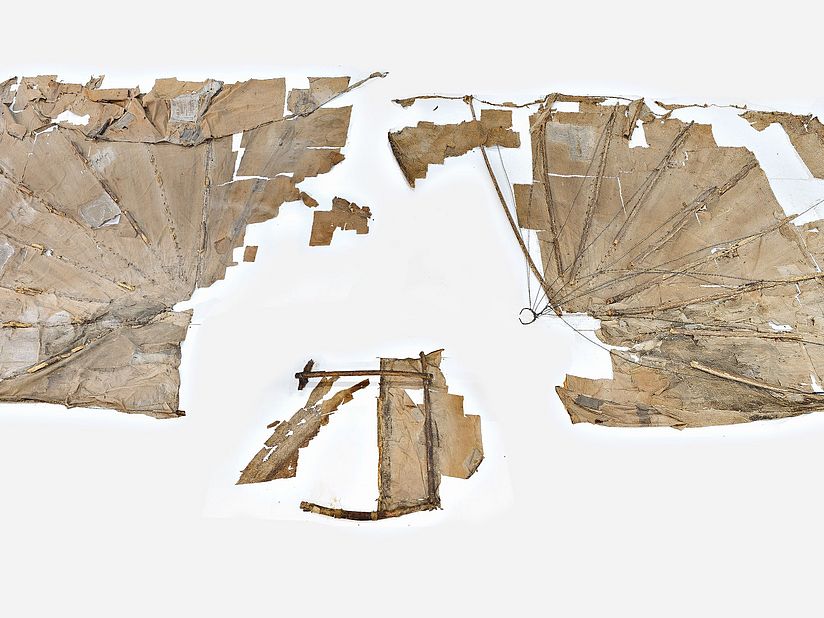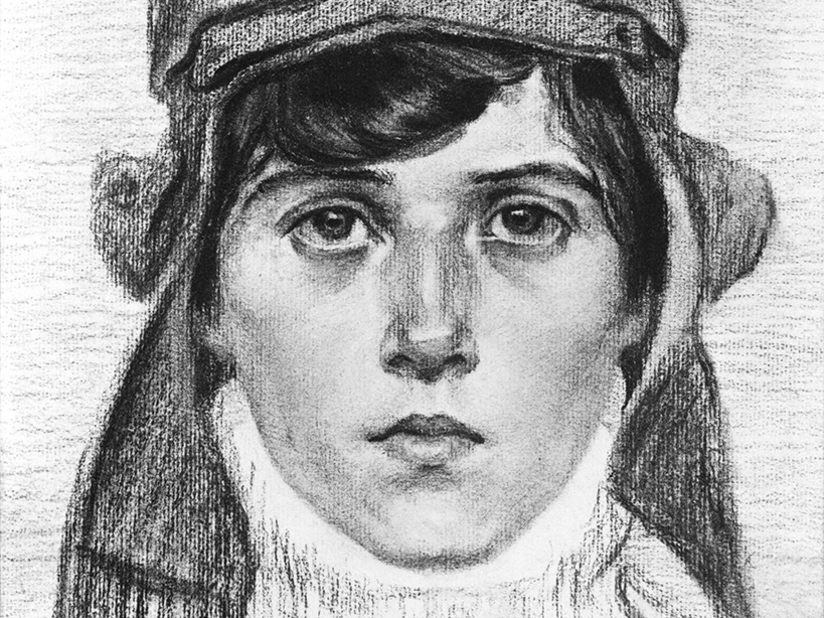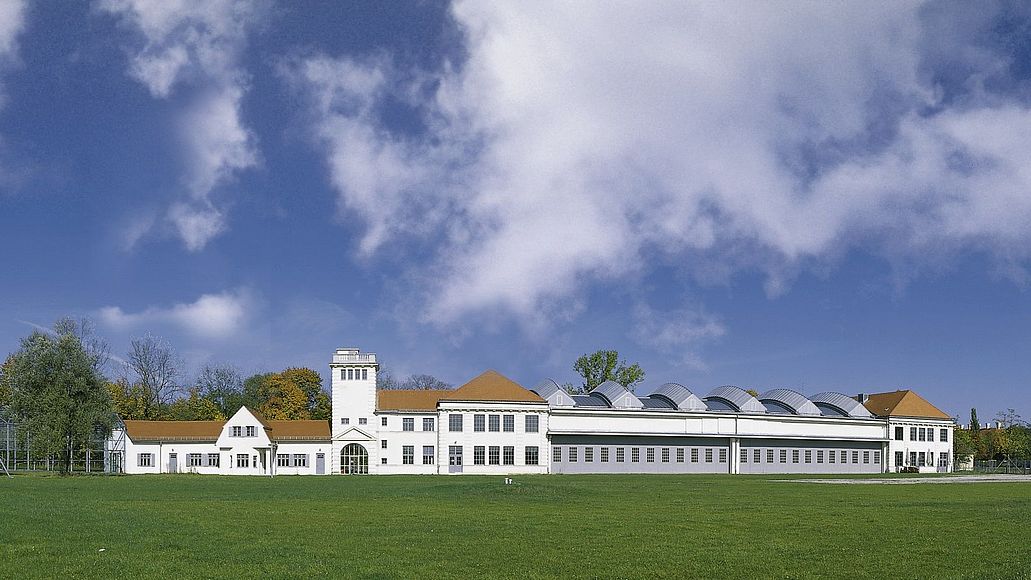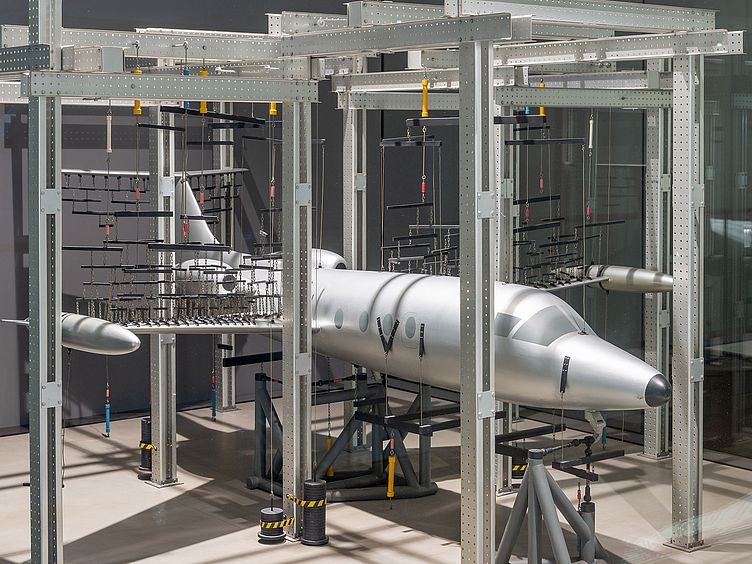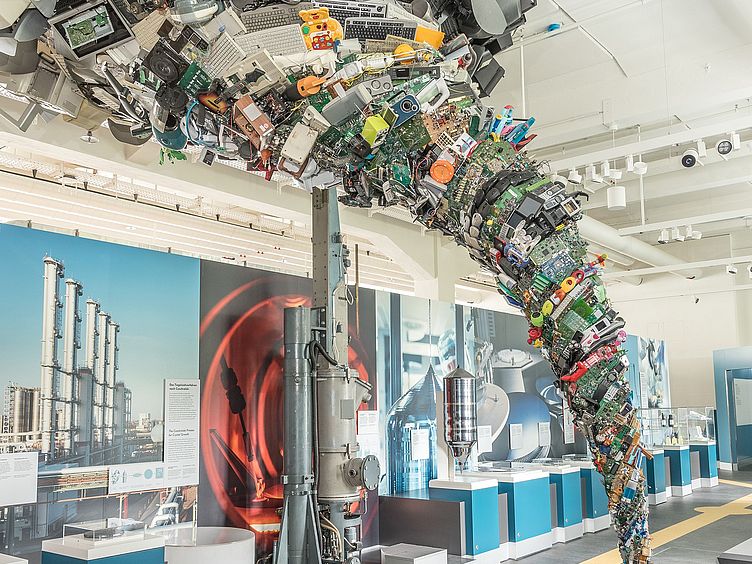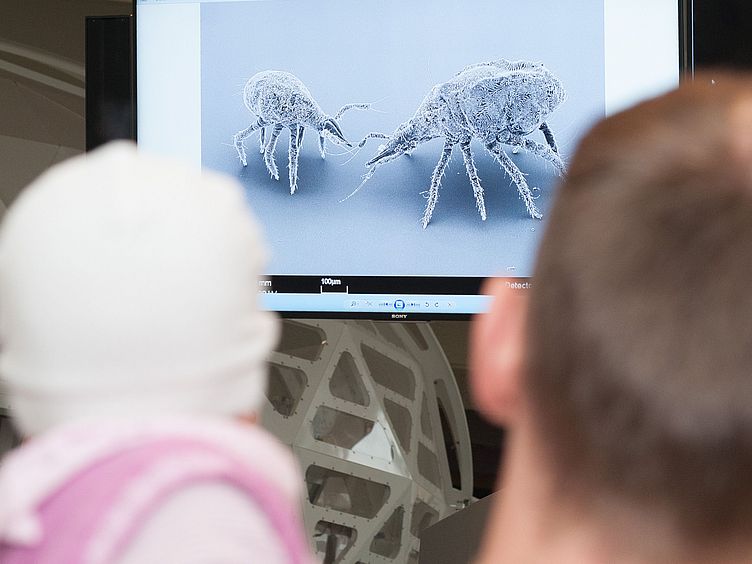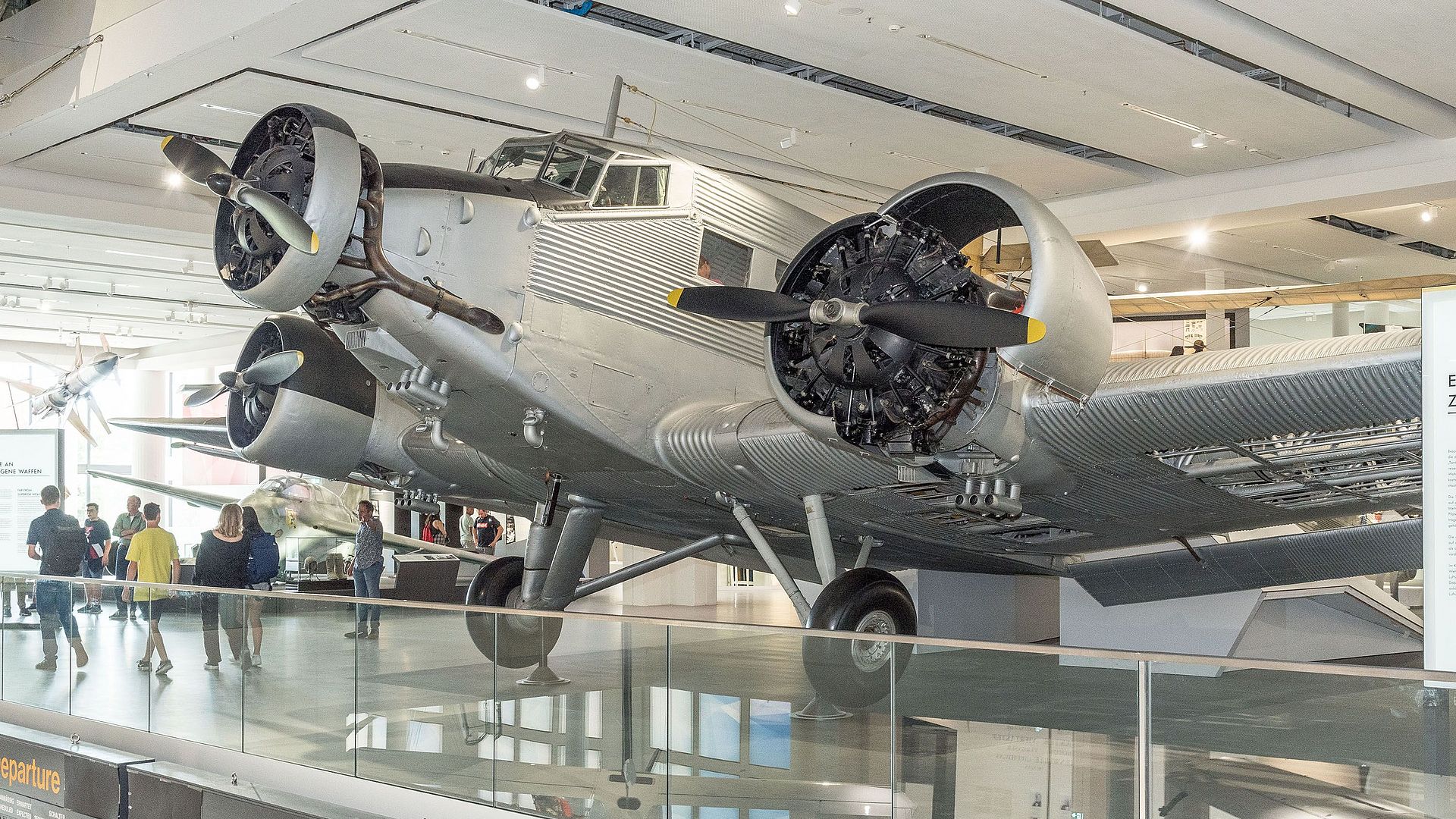
Photo: Deutsches Museum | Reinhard Krause
Traffic Mobility Transportation
Historic Aviation – On the up!
Aircraft and models: wander amongst numerous original aircraft and trace the history of flight in the first half of the 20th century – a time when aviation experienced rapid technological progress.
Featuring numerous original aircraft in all shapes and sizes, the Historic Aviation exhibition is a real eye-catcher. On Level 1 and in a gallery on the mezzanine above, the focus is on the history of flight during the first half of the 20th century, when aviation experienced rapid technological progress. A key theme is how the two world wars influenced the direction of development. Level 1 covers the period of the Weimar Republic, the years from 1933 to the end of World War II, and an overview of aircraft engines. The gallery, on the other hand, is dedicated to model and glider flight. Between the impressive exhibits, including a Junkers F13 and a Messerschmitt Me 262, media stations and hands-on exhibits trace the fascinating history of aviation.
Blick in die Ausstellung Historische Luftfahrt. Photo: Deutsches Museum | Hubert Czech
Introduction and history of aviation
The dream of flying came true for mankind as early as the 18th century - with the first balloon flights. It then took more than 100 years before human flight was given a decisive boost by gliders and gliders. In the years that followed, technical progress accelerated considerably and aviation experienced its great boom with the development of motorized aircraft at the beginning of the 20th century. The two world wars played a major role in this. After all, our mobile modern age, especially the globalization of transport technology, was often based on innovations for military purposes.
Highlights of the new exhibition
Flugzeug Junkers F 13. Photo: Deutsches Museum | Hubert Czech
Junkers F13
The F13 was the first passenger airplane made of metal - a world first in June 1919. The “air limousine” for four passengers was part of the initial equipment of Lufthansa, which was founded in 1926. The more than 300 F13s built were very easy to repair and flew with snow skids or floats even in the remotest parts of the world.

Ganzmetall-Flugzeug Junkers Ju 52, Ateliers aéronautiques de Colombes, "AA C. Toucan" mit BMW Sternmotor "132 Z 3". Photo: Deutsches Museum | Hubert Czech
Junkers Ju 52
The “Tante Ju” became world-famous as a passenger and cargo plane in the 1930s. Its outdated corrugated sheet metal construction dated back to the First World War. At times, the Ju 52 handled three quarters of Lufthansa's air traffic over Germany. However, this fleet was secretly financed by the military, as the Ju could easily be converted into a bomber.
Messerschmitt Me 262
The Me 262 - the first jet aircraft to be built in series - was over 100 km/h faster than propeller-driven aircraft. However, only around 1400 Me 262s were built in primitive mines, tunnels and forest factories by 1945. Thousands of forced laborers and concentration camp prisoners died during production. Due to technical problems and a shortage of pilots and fuel, only a few Me 262s were able to take off.
“As we didn't take any oxygen apparatus with us, the high altitude air has already made itself felt in the cabin. One occupant has become paler and paler and finally makes a sacrifice, this time not to the sea god but to the air god. This does not prevent the other participants from continuing to write down their observations and impressions.”
When will this event take place?
Discover which activities are taking place by checking our daily programme, which is published at around 9.20 each day. Our programme changes daily and includes guided tours, demonstrations, science shows and hands-on activities for individual visitors and small groups of up to five people. All programme events are held in German. They begin either directly where the activity is set to take place or at a guided-tour meeting point in the relevant exhibition.
Facts and figures
Location: Levels 1 and 1+
Exhibition area: approx. 2500 square meters
Objects: approx. 690 (including 16 complete aircraft)
Demos and interactives: 8
Dioramas: 3
Media stations: 12
View Inside the Historic Aviation Exhibition
We concede
Transportation of the Me 163 to the XXL scan
The Messerschmitt Me 163 is the only series-produced interceptor with a rocket engine. The German Museum's specimen has now been X-rayed at the Fraunhofer Development Center for X-ray Technology (EZRT) at Fraunhofer IIS in Fürth using XXL-CT. The team of curators for historical aviation hopes to gain new insights into the history of this aircraft.
Any Questions?
![]()
Andreas Hempfer
Curator
Aviation Department until 1945Deutsches Museum
80306 MunichTelephone +49 89 2179 643
Fax +49 89 2179 99350
Email a.hempfer@deutsches-museum.de
Do you have organizational questions?
Cornelia Schubert
Assistance to department heads, main department heads and curators
Susanne Schmölz
Assistance to department heads, main department heads and curators

